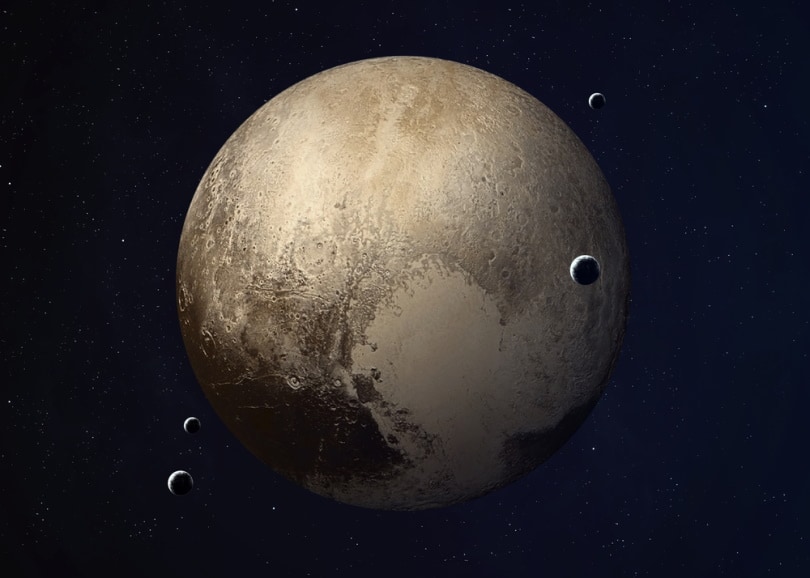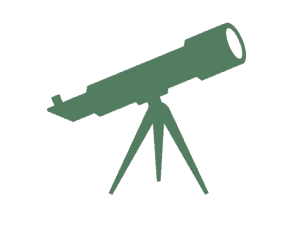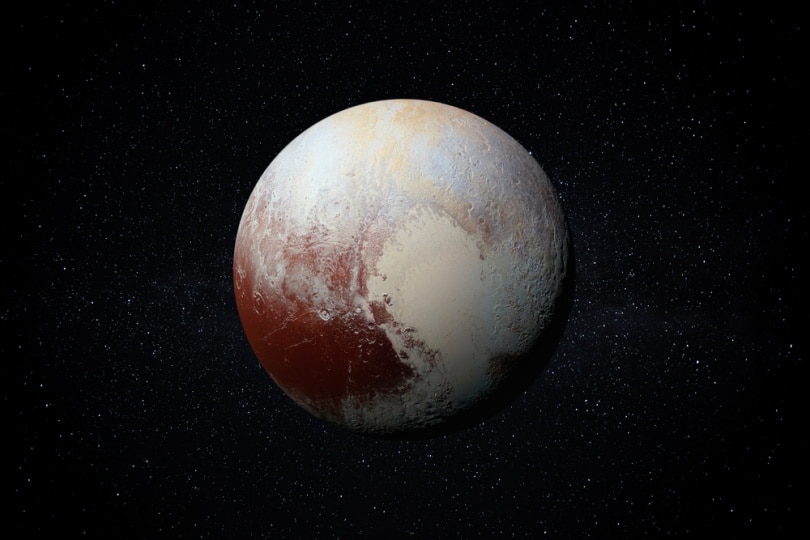Is Pluto a Planet? What You Need to Know!
Last Updated on

Upon its discovery in 1930, Pluto received designation as the ninth planet in our solar system. However, upon further study, astronomers suspected that Pluto didn’t possess the mass that they initially thought.
Fast forward to 1978 when James Christy found Pluto’s largest moon, Charon. With this revelation, astronomers could finally confirm that Pluto’s mass was indeed far too small and didn’t possess the gravitational power to cause the perturbations that led to its discovery. This was the first step in the International Astronomical Union (IAU) taking away Pluto’s planetary designation.

Is Pluto a Planet?
After astronomers realized that Pluto wasn’t the size they thought it was, they continued finding similar-sized bodies throughout the 21st Century. Some standout examples are Makemake, Eris, and Sedna.
During their triennial meeting in August of 2006, the IAU voted on bringing in Resolution 5A: “Definition of a ‘planet’.” Essentially, this resolution created three requirements that a body had to meet to be designated as a planet. The interesting thing is that thousands of bodies meet one or two of these requirements. However, we’ve only discovered eight in our solar system that meets all three.

Three requirements for planetary designation according to Resolution 5A:
- The body must possess a stable orbit around the Sun.
- The body must be large enough with gravity that molds it into a spherical shape.
- The body must have enough mass to clear the surrounding debris field by drawing all surrounding objects into itself.
Unfortunately, although Pluto meets the first two requirements, it doesn’t fulfill the final one. And as a result, the IAU demoted it and prevented any other similar bodies in the solar system from being classified as planets.

How Can Pluto be a Planet?
There is much disagreement within the scientific community on the IAU’s decision to remove Pluto’s planetary designation. According to a team of researchers¹, the removal was based on astrology instead of science. And it harmed our attempts at increasing our scientific understanding and the popular understanding of our solar system.
The definition used by scientists since the 16th Century was that any geologically active body in space was considered a planet. By this definition, Pluto should indeed be considered a planet. According to Philip Metzger, the lead author and a planetary physicist in the above study, he believes there is more along the lines of 150 planets in our solar system using this definition.
The revival of this debate stemmed from the flyby of NASA’s New Horizons probe¹ that flew by Pluto in 2015.
In order for Pluto to be reintroduced as a planet, the IAU will have to revisit Resolution 5A and either amend it or get rid of it. However, if they do this, it will open the door for more than eight planets in our solar system. To do this, they have to abandon the astrological concept that Earth and the seven other planets are special in some way.


Final Thoughts
If the IAU reverses its decision, many believe it will create a better, more scientific classification for planets. However, some of the “magic” of living on a special planet will be lost with the classification. What do you think, should Pluto be classified as a planet or not?
Featured Image Credit: Vadim Sadovski, Shutterstock
Table of Contents
About the Author Robert Sparks
Robert’s obsession with all things optical started early in life, when his optician father would bring home prototypes for Robert to play with. Nowadays, Robert is dedicated to helping others find the right optics for their needs. His hobbies include astronomy, astrophysics, and model building. Originally from Newark, NJ, he resides in Santa Fe, New Mexico, where the nighttime skies are filled with glittering stars.
Related Articles:
What Is the Best Binocular Magnification for Hunting? Optical Features Explained
15 Crucial Facts About Ultraviolet Rays & the Sun
What Constellation Is Spica In? The Interesting Answer!
10 Interesting Leo Constellation Facts, Myths, and FAQs
15 Interesting Pegasus Constellation Facts, Myths, and FAQs
6 Interesting Sagittarius Constellation Facts, Myths, and FAQs in 2024!
What Are Constellations? Where Did They Come From?
8 Interesting Libra Constellation Facts, Myths, and FAQs
